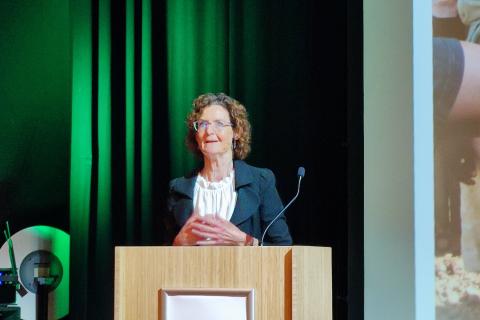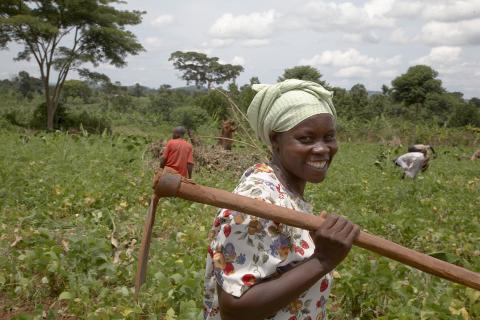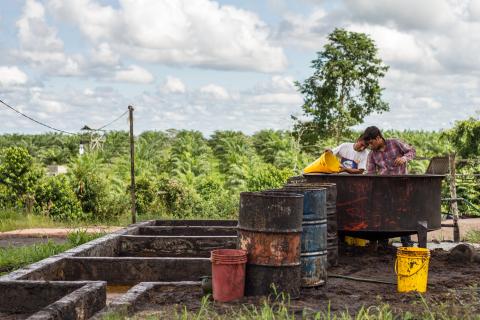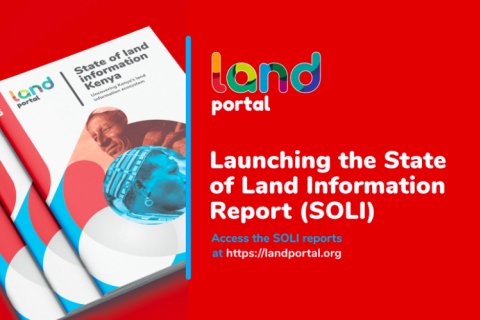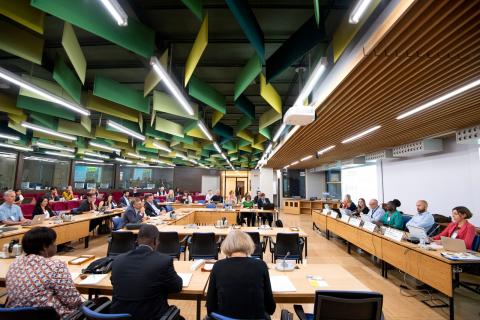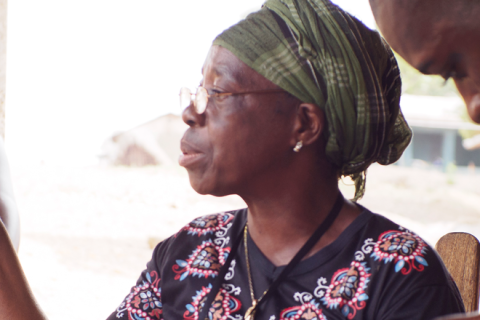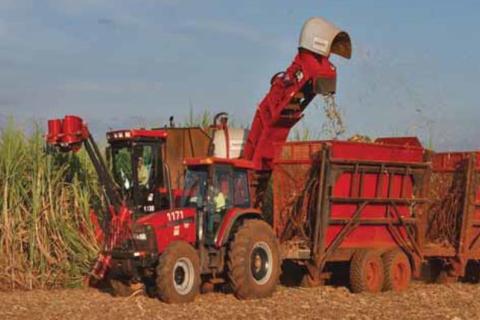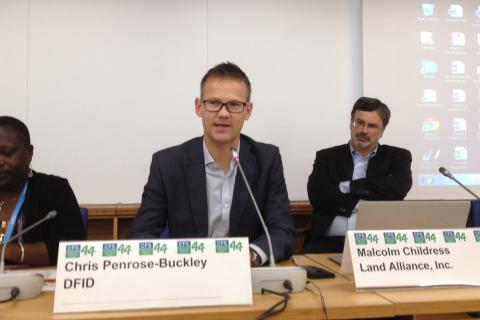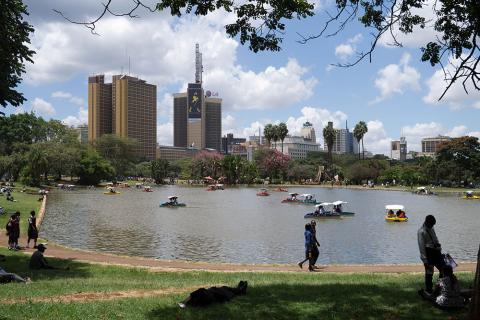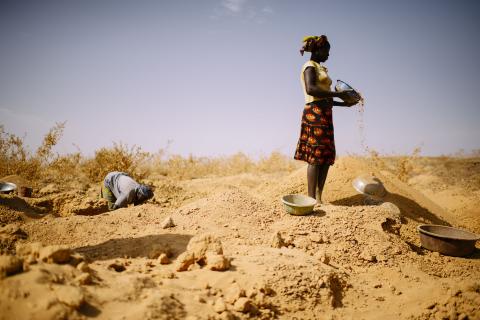Keynote Speech by Frances Cleaver at the IoS Fair Transitions - LANDac Conference & Summit
I would like to make an argument that in aiming to deepen social justice in green transformations, we should pay renewed attention to the institutions of collective action at a very local level. I'm talking about peasant associations, irrigation groups, women's groups, indigenous people’s groups, producer associations, the local committees that manage land, water, forests.

